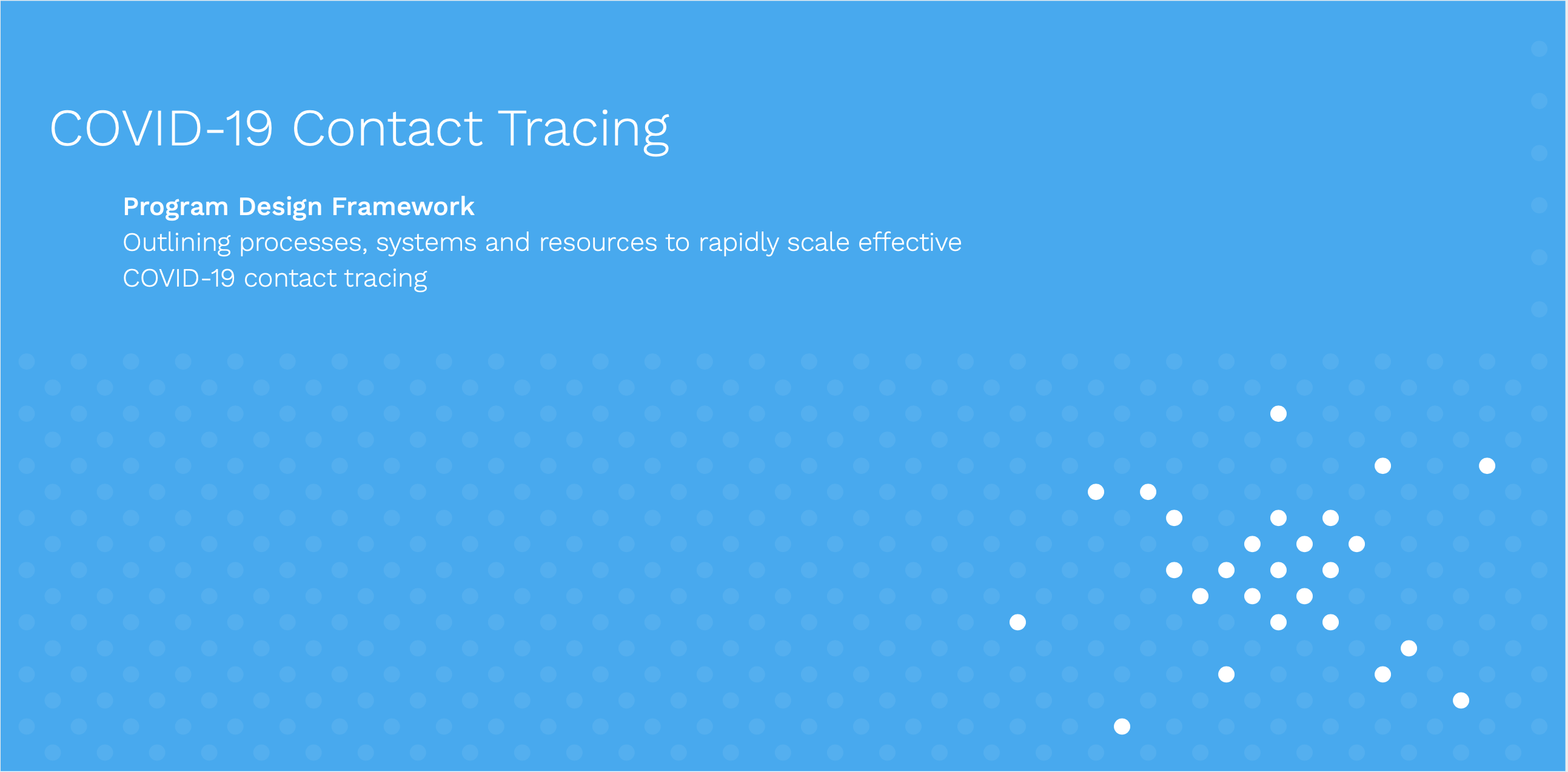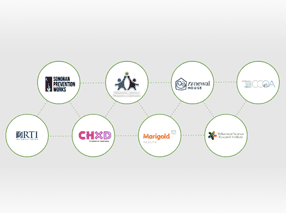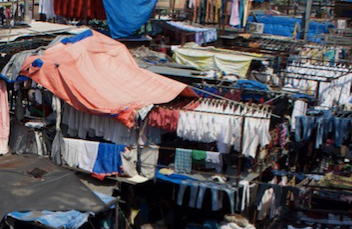InSTEDD recently completed a series of interviews with twelve different organizations working on the front lines of the opioid crisis. We asked each group, “Is there any story about the opioid epidemic that might not get news coverage, but would surprise the average person?” Keep reading to see the top four surprising things we learned.
1. “You most likely know someone who’s addicted, but you’re not aware.”
Opioid addiction is pervasive and affects all groups. It’s impossible to stereotype who the epidemic affects and why they started using. In fact, Americans are now more likely to die from an opioid overdose than from a car accident.
However, societal stigmas against addiction are causing people not to access harm reduction, counseling, and other life-saving resources. There is a high likelihood that someone you know is addicted to opioids, and it’s worth thinking about how the language you use might be influencing their ability to reach out for help.
2. “The epidemic is having an unexpected impact on children, grandparents, and the foster care system.”
Each year, about 15% of infants are affected by prenatal alcohol or illicit drug exposure. Children who are born substance-exposed may benefit from specialized medical attention, and information about ‘Early Intervention’, and other support resources are not publicized widely enough. Raising the taboo on talking about substance use disorders in general can help children and families better access the care they need.
The number of children being separated from their parents because of opioid addiction is also growing, overwhelming foster care systems in some areas. Other children are living with their grandparents or other adult relatives, and there are not enough support systems in place for these new caregivers.
3. “People with lived experience and intimate knowledge of substance use disorder are not always included in response solution design.”
It is important to note that the opioid epidemic is not happening in a vacuum. Intersections of racism, criminalization, homelessness, poverty, and other social determinants need to be addressed to sustainably curb this epidemic.This means involving those who use drugs or have recovered in the design process of response approaches.
Implementers and policy makers need to think about how to work with traditionally disenfranchised communities and how to direct resources with the inputs of people with past experiences in other substance use epidemics to prevent vulnerable communities from being victims, as has been the historical case with other issues.
One of the groups we spoke to phrased their opinion this way: “The epidemic is not all about the drugs – it’s also about the criminalization of drugs and other socioeconomic factors. The epidemic is about intersections and how people are oppressed. If people could access clean drugs and clean injection equipment, if people didn’t fear arrest or racism or transphobia or having their children taken away, then we could find some solutions with their help. If we’re not able to address these things together, the ‘opioid’ epidemic will never go away. We need to look at the root of the problem with an inclusive approach.”
4. “People with OUD do recover and have positive stories to tell, but get overshadowed by negative stories.”
Addiction is a lifelong disease and recovery is a lifelong process. That being said, there are many success stories of people in recovery. Sharing these stories of hope can motivate people currently struggling with addiction, and even reduce stigma by increasing public awareness and education. Raising the profile of those who have overcome addiction, or are leading successful response, need to have their stories heard.
Make sure to follow @InSTEDD on Twitter for regular updates on social impact news and projects.




